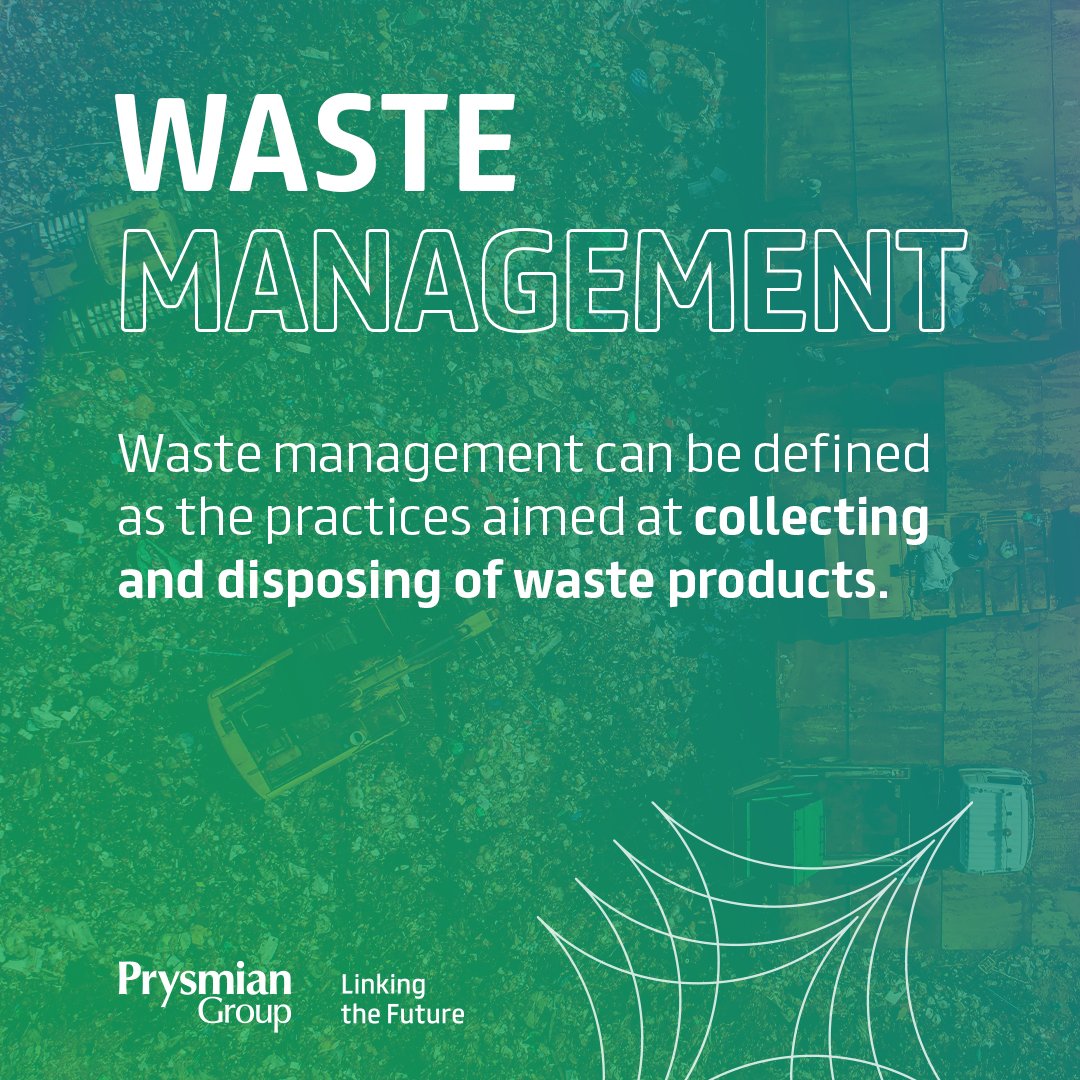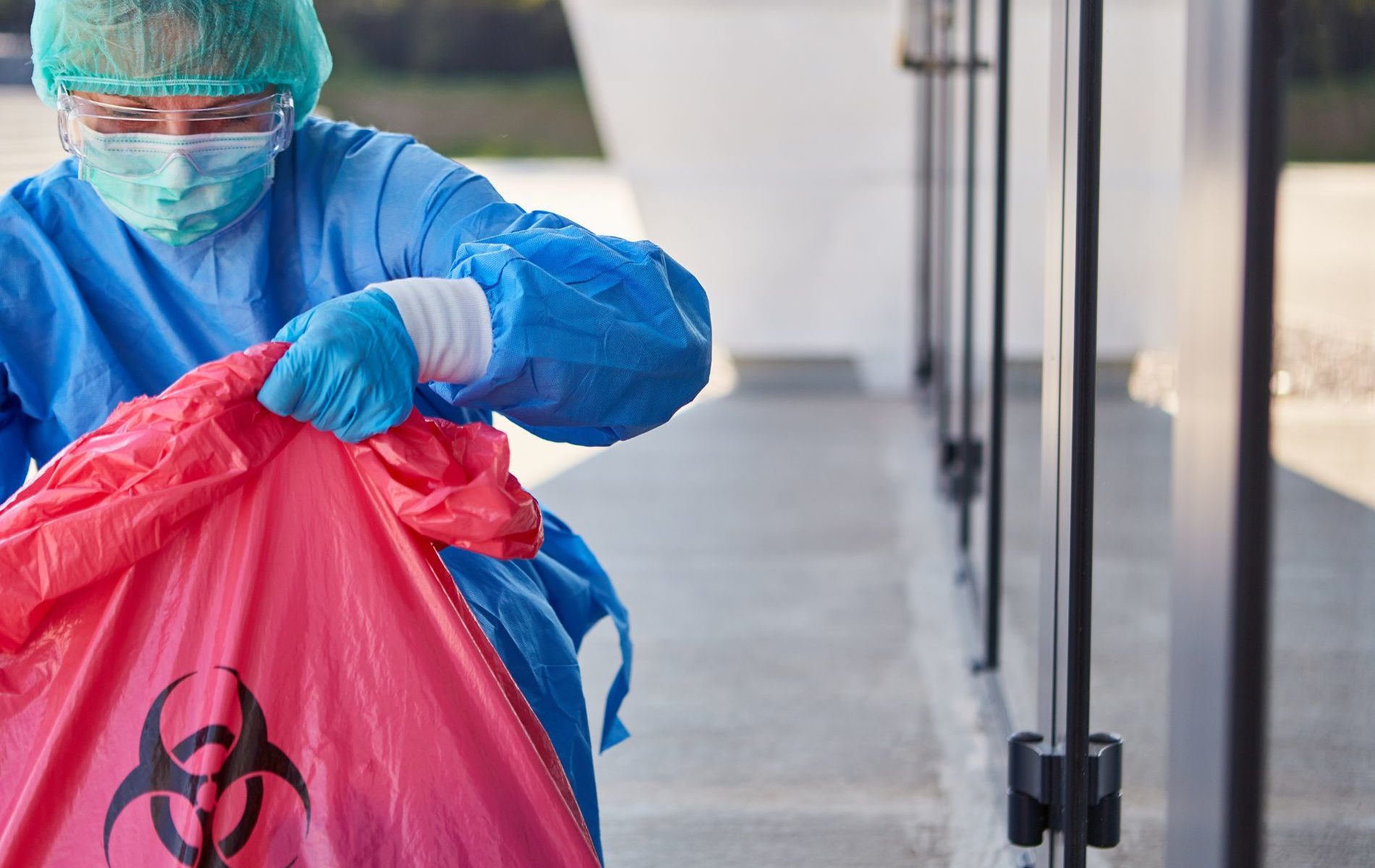More About Reclaim Waste
More About Reclaim Waste
Blog Article
Not known Incorrect Statements About Reclaim Waste
Table of ContentsHow Reclaim Waste can Save You Time, Stress, and Money.The Only Guide for Reclaim WasteAll about Reclaim WasteAn Unbiased View of Reclaim WasteAll About Reclaim Waste
Discover the kinds, incidents, and types of liquid waste. Residential sewer waste refers to the waste and products from a domestic septic tank. This sort of waste is produced by people in houses, schools, and other structures. This only consists of septic tanks that have a drain field. The correct administration and disposal of domestic sewer waste require fluid waste to be transferred to a sewage therapy plant where the appropriate approaches and tools are related to cleanse and deal with waste.
Business waste often consists of potential dangers, such as combustible materials or a mixture of liquid and strong waste products, and needs an extra innovative and thorough disposal procedure. The disposal of commercial waste normally involves the purification of waste before transport to ensure risk-free and proper disposal. Hazardous waste is produced from results and runoff of industrial procedures and manufacturing.
This type of waste can not use the very same sewer administration transport or processes as septic or business liquids. The commercial waste management process requires the evaluation and screening of liquid waste prior to it goes through the disposal procedure (liquid waste removal melbourne). Runoff waste is the fluid waste that comes from runoff and excess stormwater in highly populated areas or cities
Overflow waste can trigger contamination and flooding if not managed properly. Guaranteeing correct waste administration can prevent calamities and reduce ecological injury.
Indicators on Reclaim Waste You Need To Know
Call PROS Services today to learn regarding our waste monitoring and disposal services and the correct methods to take care of the liquid waste you create.
(https://penzu.com/p/1f225eb6893bd9aa)Do you know what happens to your water when you pull the plug, flush the commode or drain the washing equipment? No? Well, it's worth recognizing. This so-called 'wastewater' is not only a crucial resource however, after therapy, will be launched to our land, rivers or the sea. Utilized water from bathrooms, showers, bathrooms, cooking area sinks, washings and commercial procedures is called wastewater.

water used to cool equipment or clean plant and devices). Stormwater, a form of wastewater, is runoff that moves from agricultural and metropolitan locations such as roofs, parks, yards, roadways, paths and rain gutters into stormwater drains pipes, after rain. Stormwater moves unattended directly to local creeks or rivers, ultimately getting to the sea.
Reclaim Waste Fundamentals Explained
In Queensland, most wastewater is treated at sewage treatment plants. Wastewater is delivered from residential or commercial sites through a system of drains and pump stations, called sewage reticulation, to a sewer treatment plant. City governments develop, preserve and run most sewage therapy plants. Operators are certified under the Environmental Management Act 1994 to discharge cured wastewater at an appropriate ecological requirement into rivers.
The Department of Natural Resources advises local federal governments concerning handling, operating and maintaining sewage systems and therapy plants. In unsewered locations, local governments may require householders to set up individual or household sewer treatment systems to deal with domestic wastewater from commodes, kitchens, bathrooms and laundries. The Division of Natural Resources authorises using household systems when they are shown to be reliable.
In some brand-new neighborhoods, therapy of some stormwater to get rid of trash, sand and gravel has actually begun making use of gross contaminant catches. Wastewater treatment takes place in 4 stages: Eliminates solid issue.
Utilizes tiny living organisms understands as micro-organisms to damage down and eliminate continuing to be liquified wastes and fine particles. Micro-organisms and wastes are incorporated in the sludge.
Rumored Buzz on Reclaim Waste
Nutrient removal is not available at all sewer therapy plants because it calls for pricey specialized tools. Clear fluid effluent generated after therapy might still have disease-causing micro-organisms - liquid waste removal.

Many wastewater flows into the sewerage system. Under the Act, local federal governments administer approvals and permits for ecologically relevant activities (Ages) involving wastewater launches that might have a local effect.
The Reclaim Waste Statements
Surveillance provides factual information concerning water quality and can confirm that licence conditions are being fulfilled. The information gotten via surveillance provides the basis for making water quality decisions.
Report this page